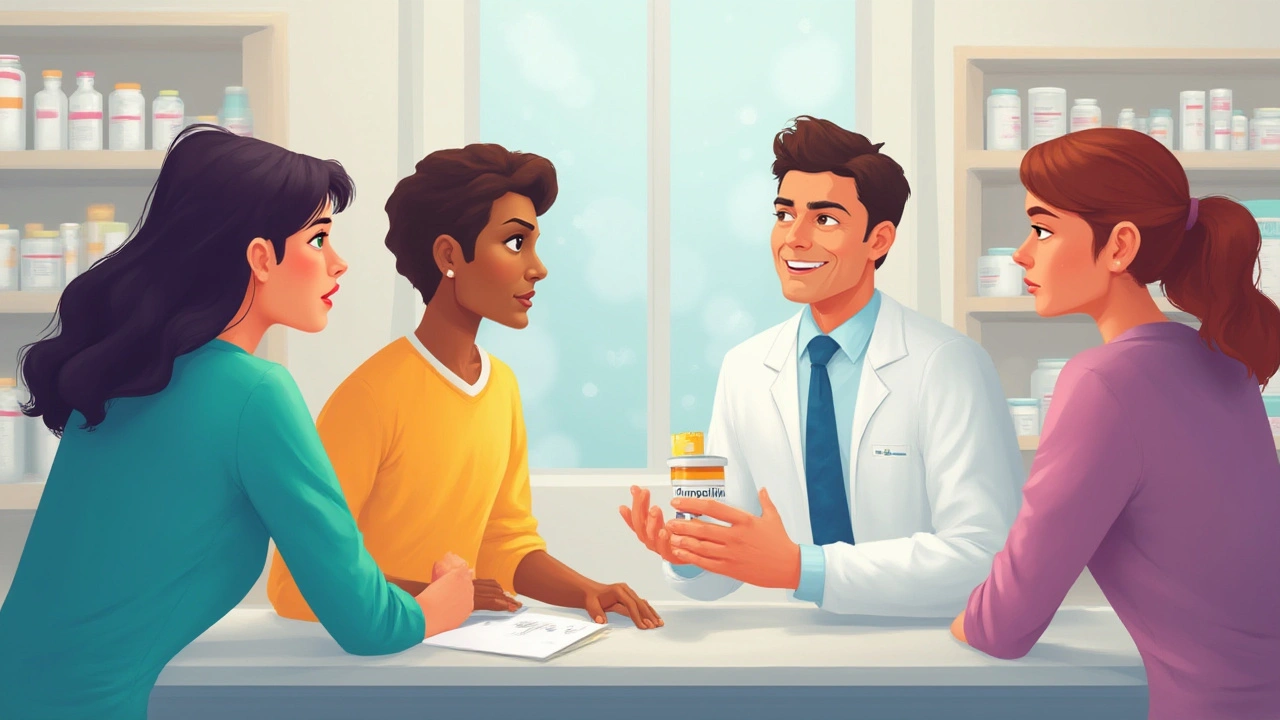Antibiotics: What They Are, How They Work, and How to Use Them Safely
Ever wonder why doctors prescribe a pill called an antibiotic when you have a bacterial infection? In simple terms, antibiotics are medicines that kill bacteria or stop them from growing. They aren't magic cures for everything, but they’re essential tools that have saved millions of lives since the 20th century.
Antibiotics target specific parts of bacterial cells, like the wall that protects them or the machinery that builds proteins. When the wall gets damaged, the bacteria burst and die. When protein production stops, the bacteria can’t multiply and the infection fades. This precise attack is why they work well for bacterial infections but do nothing for viral illnesses like colds or flu.
Common Antibiotics and When They're Used
There are several families of antibiotics you’ll hear about:
- Penicillins (e.g., amoxicillin) – often used for throat infections, ear infections, and urinary tract infections.
- Cephalosporins (e.g., cefuroxime) – work for skin infections and some types of pneumonia.
- Macrolides (e.g., azithromycin) – good for bacterial bronchitis and some sexually transmitted infections.
- Fluoroquinolones (e.g., ciprofloxacin) – strong drugs for complicated urinary or abdominal infections.
- Tetracyclines (e.g., doxycycline) – often chosen for acne and certain tick‑borne diseases.
Doctors pick the right one based on the infection site, the likely bacteria, and any allergies you have. If you’re not sure why you got a particular antibiotic, ask your doctor – they’ll explain what they’re targeting.
Why Proper Use Matters: Avoiding Resistance
Taking antibiotics the wrong way can create a big problem called antibiotic resistance. That happens when bacteria learn to survive despite the drug, turning a once‑easy infection into a tough, sometimes dangerous one. Here are three practical habits to keep resistance at bay:
- Finish the whole prescription. Even if you feel better after a few days, stopping early lets some bacteria survive and adapt.
- Never use leftover antibiotics. The drug you saved for “later” may not work for a new infection and can encourage resistant bugs.
- Take the medicine exactly as directed. Some antibiotics need to be taken with food, others on an empty stomach. Follow the label and your doctor’s advice.
Also, don’t pressure your doctor for an antibiotic if they say you don’t need one. Viral infections won’t improve with these drugs, and using them unnecessarily fuels resistance.
Side effects are usually mild – think upset stomach or a rash – but severe reactions can happen, especially if you’re allergic. If you notice swelling, trouble breathing, or a severe rash, seek medical help right away.
To sum up, antibiotics are powerful when used correctly. They target bacteria, not viruses, and come in many flavors for different infections. Respect the dosage, finish the course, and stay in touch with your healthcare provider if anything feels off. By doing so, you protect yourself and help keep these life‑saving drugs effective for everyone.
Got more questions about a specific antibiotic or how to handle side effects? Your pharmacist or doctor is a great resource – don’t hesitate to ask.
-
Ampicillin: Uses, Effects, and Practical Guide to This Antibiotic
Learn all about ampicillin: what it treats, how it works, smart usage tips, possible side effects, and safety must-knows, written in real human language.
